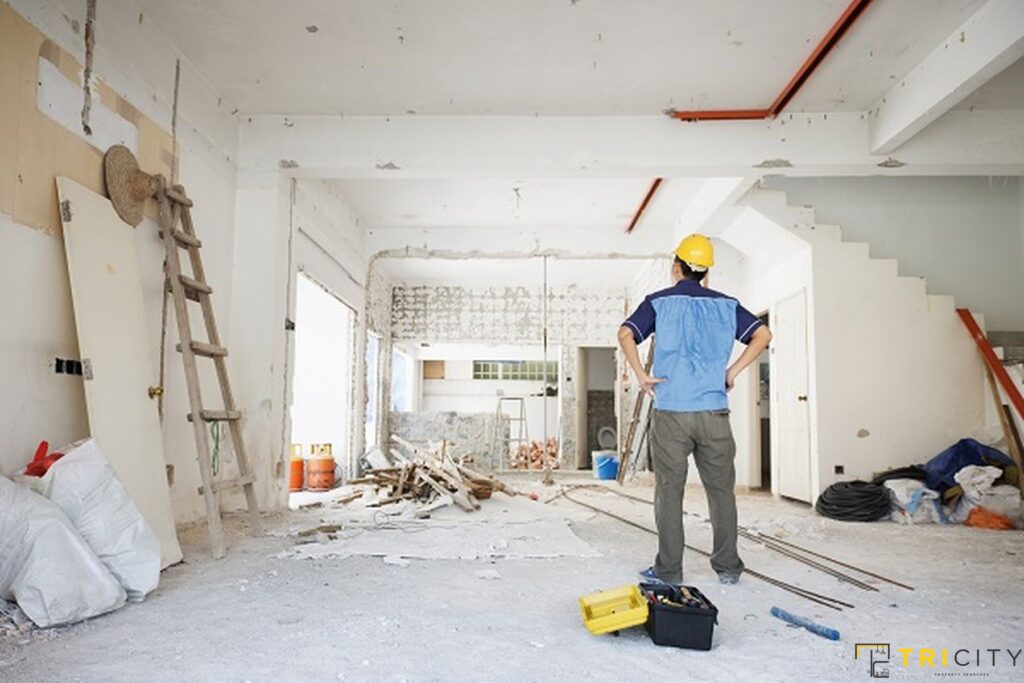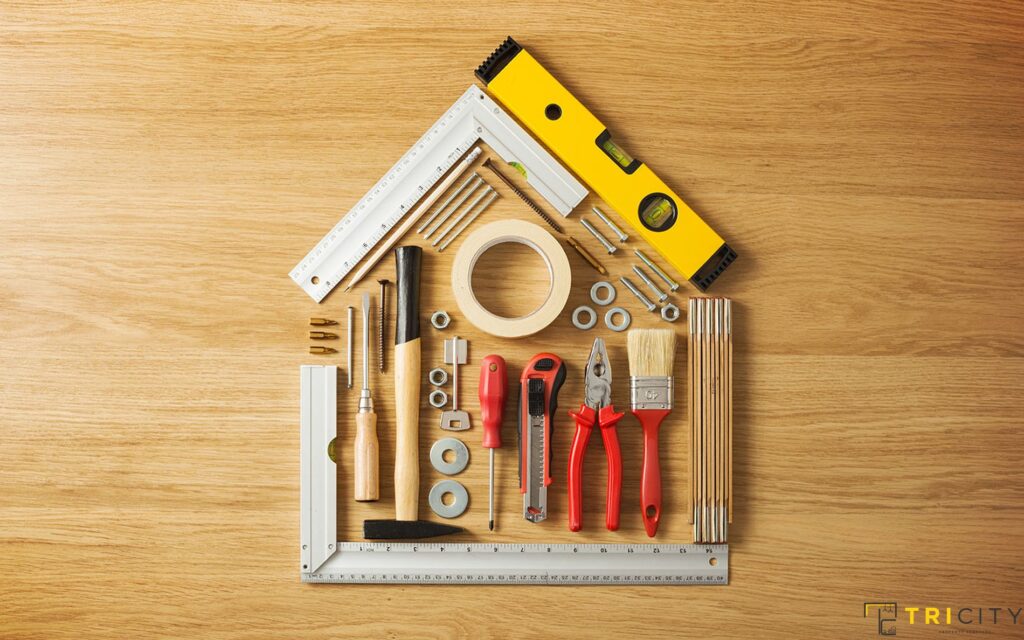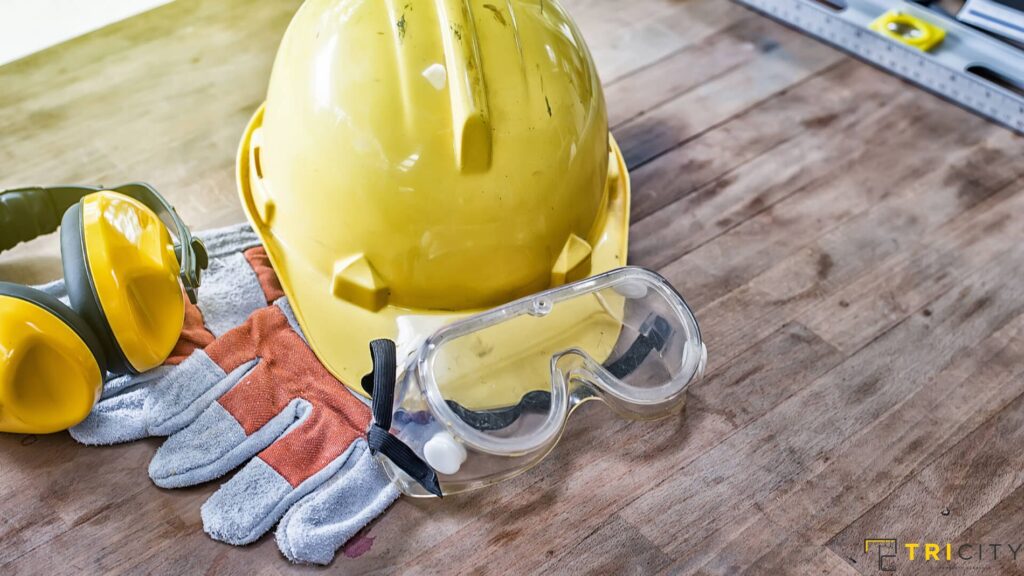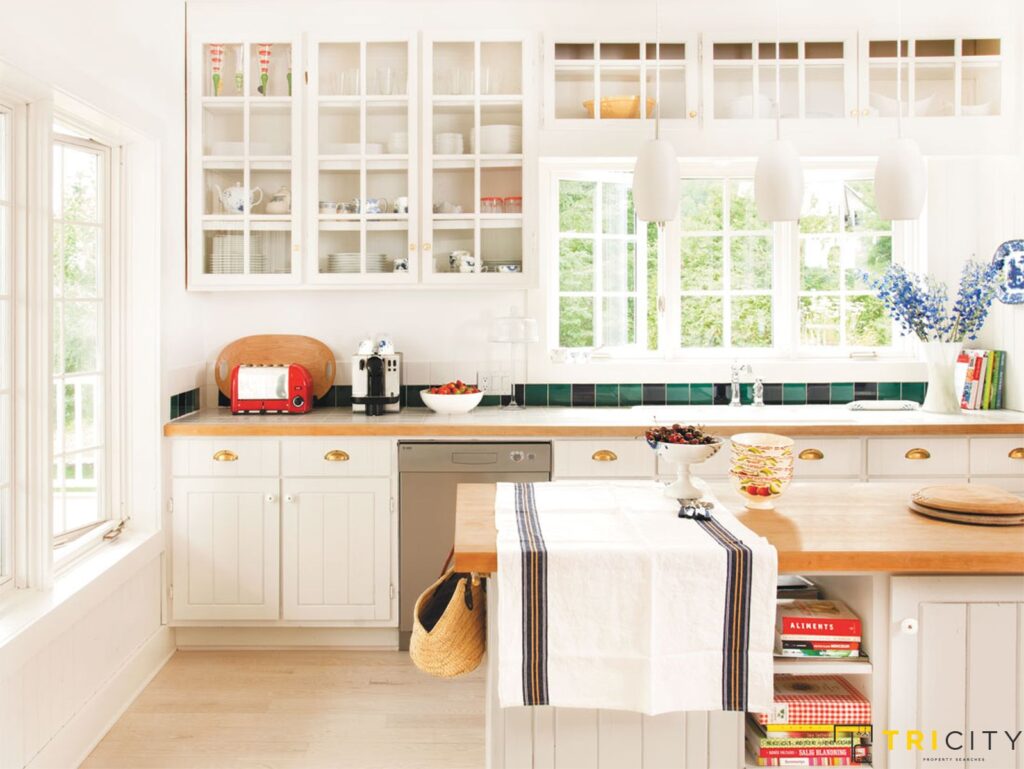DIY home improvement projects can be a great way to save money and add value to your home. One of the biggest benefits of DIY home improvement projects is cost savings. By doing the work yourself, you can save money on labor costs and avoid paying a professional for their time.
DIY projects can add value to your home, making it more attractive to potential buyers. Whether you’re updating your kitchen or adding a fresh coat of paint to your walls, small improvements can have a big impact on your home’s value. In addition, they also allow you to personalize your home and make it unique to your taste. You can choose colors, materials, and styles that fit your personal preferences and create a space that feels truly yours.
Completing a DIY project can be incredibly satisfying and give you a sense of accomplishment. You’ll feel proud of your hard work and the results you’ve achieved. Besides, they can help you develop new skills and build confidence in your abilities. You’ll learn new techniques and problem-solving skills and gain experience that can be applied to future projects.
With that said, let us explore how you can come up with top DIY home improvement projects.
Tips to Start DIY Home Improvement Projects
Here are some tips to help you get started.
Start With Small Projects For DIY Home Improvement

Starting with small DIY home improvement projects is a great way to build your skills and confidence before moving on to larger and more complex projects. Don’t forget that you can always opt for lowes promo codes while starting these projects to save a few bucks.
Here are some small DIY projects you could start with:
- Painting a room: Painting a room is a great way to give it a fresh new look without spending a lot of money. You’ll need paint, rollers, brushes, tape, and drop cloths.
- Installing shelves: Installing shelves can help you create more storage space and add a decorative element to a room. You’ll need a level, screws, anchors, and a drill.
- Changing light fixtures: Changing light fixtures is a simple project that can have a big impact on a room’s appearance. You’ll need a screwdriver, wire strippers, and a new light fixture.
- Replacing cabinet hardware: Replacing cabinet hardware is an easy way to update your kitchen or bathroom. You’ll need a screwdriver and new hardware.
- Installing a programmable thermostat: Installing a programmable thermostat can help you save money on heating and cooling costs. You’ll need a screwdriver and a new thermostat.
Remember to always research the project and gather all necessary tools and materials before starting. And don’t hesitate to ask for help if you need it.
Do Your Research Before Starting DIY Home Improvement Projects

Research is an important step in any DIY home improvement project. Here are some reasons why you should do your research before starting a project:
- Safety: Researching a project can help you identify potential safety hazards and take the necessary precautions to avoid injury. For example, you might need to wear protective gear or turn off the electricity before starting a project.
- Cost savings: Researching a project can help you identify the most cost-effective materials and tools to use. You can compare prices and find the best deals to save money on the project.
- Time savings: Researching a project can help you identify the most efficient way to complete it. You can learn from others’ experiences and avoid common mistakes that could cause delays.
- Better results: Researching a project can help you achieve better results. You can learn about different techniques and best practices to make sure the finished project looks and functions the way you want it to.
- Confidence: Researching a project can help you build confidence in your abilities. You’ll feel more prepared and less intimidated by the project if you know what to expect and how to tackle it.
When doing your research, look for reliable sources such as DIY blogs, online tutorials, and how-to videos. Read reviews of materials and tools to get an idea of their quality and effectiveness. And don’t be afraid to ask for advice or guidance from friends, family, or professionals if you need it.
Invest In Quality Tools

Investing in quality tools is essential for any DIY home improvement project. Here are some reasons why:
- Efficiency: Quality tools can make your projects more efficient. They often work faster and more smoothly, saving you time and effort. This can be especially important for larger projects or ones that require a lot of repetitive tasks.
- Accuracy: Quality tools are often more precise and accurate than cheaper ones. This can be especially important for projects that require precision, such as cutting or measuring.
- Durability: Quality tools are typically made from better materials and are built to last. They can withstand heavy use and are less likely to break or wear out quickly, saving you money in the long run.
- Safety: Quality tools are often safer to use than cheaper ones. They are less likely to malfunction or break during use, reducing the risk of injury.
- Professional results: Quality tools can help you achieve professional-looking results. They often produce cleaner, neater finishes and can help you create more polished, high-quality projects.
When investing in tools, look for trusted brands with a reputation for quality. Consider the materials the tools are made from, the features they offer, and any warranties or guarantees. While quality tools may be more expensive upfront, they will save you time, effort, and money in the long run.
Safety First For DIY Home Improvement Projects

Safety should always be a top priority when it comes to DIY home improvement projects. Here are some tips to help you stay safe:
- Wear protective gear: Always wear protective gear such as gloves, eye protection, and a mask when working with tools or chemicals. Make sure your clothing fits well and is not loose or baggy.
- Use tools properly: Read the instructions for all tools and equipment before using them. Use them only for their intended purpose and follow all safety guidelines.
- Turn off the power: If you’re working with electricity, turn off the power to the area where you’re working before beginning. Use a voltage tester to ensure the power is off before you start working.
- Keep the work area clean and organized: Keep your work area clean and organized to avoid tripping hazards or other accidents. Keep tools and materials out of the way when not in use.
- Know your limits: Don’t take on projects that are beyond your skill level or physical ability. If you’re not sure how to complete a project safely, seek help or advice from a professional.
- Have a first aid kit on hand: Keep a well-stocked first aid kit nearby in case of accidents or injuries. Know how to use it and keep it easily accessible.
- Follow all local codes and regulations: Be sure to follow all local building codes and regulations when undertaking any DIY project. Obtain any necessary permits and inspections before beginning.
Safety is important for you, your family, and your home. Don’t take shortcuts or skip safety precautions to save time or money. Take the time to do things safely and properly, and your DIY projects will be successful and enjoyable.
Don’t Be Afraid to Ask or Help With DIY Home Improvement Projects

Don’t be afraid to ask for help when it comes to DIY home improvement projects. Here are some reasons why:
- Safety: Asking for help can help you stay safe. Some projects may require more than one person to complete, and having an extra set of hands can help prevent accidents and injuries.
- Expertise: If you’re not sure how to complete a project or don’t have experience in a certain area, asking for help can provide you with the expertise you need. Friends, family, or professionals can offer guidance and advice to ensure the project is completed correctly.
- Efficiency: Having help can make projects more efficient. Splitting up tasks can help you complete the project more quickly and easily.
- Collaboration: Collaborating with others on a project can be fun and rewarding. It can also help you learn new skills and techniques from others.
- Quality: Working with others can often result in higher-quality results. You can benefit from others’ knowledge and experience, ensuring that the finished project looks and functions the way you want it to.
It’s okay to ask for help. Don’t let pride or fear prevent you from getting the assistance you need to complete your DIY home improvement project successfully. Whether it’s a friend, family member, or professional, don’t hesitate to reach out for help.
Take Your Time

Taking your time is an important aspect of any DIY home improvement project. Here are some reasons why:
- Safety: Rushing through a project can lead to mistakes and accidents. Taking your time allows you to work carefully and methodically, reducing the risk of injury while carrying on the DIY home improvement projects.
- Accuracy: Taking your time can help you achieve more accurate and precise results. You can take the time to measure, cut, and install materials correctly, ensuring that everything fits and functions properly.
- Quality: Rushing through a project can lead to lower-quality results. Taking your time allows you to pay attention to details and create a finished product that is high-quality and visually appealing.
- Enjoyment: DIY projects can be a fun and rewarding experience. Taking your time and working at your own pace can help you enjoy the process and appreciate the progress you’re making.
- Efficiency: While taking your time may seem like it would slow you down, it can actually make your project more efficient. By working carefully and methodically, you can avoid mistakes that could set you back and end up costing you more time in the long run.
DIY projects are meant to be enjoyable and rewarding experiences. Don’t rush through a project just to get it done quickly. Take your time, work carefully, and enjoy the process.
Enjoy the Process

Enjoying the process is an essential part of any DIY home improvement project. Here are some tips for making the process more enjoyable:
- Set realistic expectations: Make sure you have a realistic timeline and budget for your project. Setting achievable goals can help you avoid feeling overwhelmed and stressed.
- Choose projects that interest you: Pick projects that you’re passionate about and excited to work on. This can make the process more enjoyable and motivating.
- Take breaks: Taking breaks during your project can help you avoid burnout and keep your energy level up. Take time to step back, relax, and recharge.
- Celebrate your progress: Celebrate your progress and accomplishments along the way. Take photos, share your progress with others, and be proud of what you’re creating.
- Learn from mistakes: Making mistakes is part of the process. Instead of getting frustrated or upset, use mistakes as an opportunity to learn and grow. Figure out what went wrong and use that knowledge to make your next project even better.
The goal of a DIY project is to have fun and create something you’re proud of. Enjoying the process can help you stay motivated and focused and make the experience a positive one.
Conclusion
In conclusion, DIY home improvement projects can be a fun, rewarding, and cost-effective way to improve your home. By starting with small projects, doing your research, investing in quality tools, prioritizing safety, asking for help when needed, taking your time, and enjoying the process, you can successfully complete DIY projects that enhance your home’s functionality and aesthetics.
Remember to have realistic expectations, choose projects that interest you, take breaks, celebrate your progress, and learn from your mistakes. With the right mindset and approach, DIY home improvement projects can be a fulfilling and satisfying experience. Also check out these DIY outdoor kitchen ideas.
FAQ
- What are some easy DIY home improvement projects for beginners?
Some easy DIY home improvement projects for beginners include painting walls or cabinets, installing shelves, replacing light fixtures, and adding decorative accents like curtains or throw pillows.
- Is it cheaper to do home improvements yourself or hire a professional?
It depends on the scope and complexity of the project. Simple projects like painting or installing shelves may be cheaper to do yourself, while more complex projects like electrical or plumbing work may require professional assistance.
- What are some common safety hazards associated with DIY home improvement projects?
Common safety hazards associated with DIY home improvement projects include falls from ladders, exposure to hazardous materials like lead paint or asbestos, and electrical or fire hazards.
- How do I know if I need a permit for a DIY home improvement project?
The need for a permit varies by location and type of project. Contact your local building department to determine if you need a permit for your specific project.
- Where can I find resources and tutorials for DIY home improvement projects?
There are many resources available online for DIY home improvement projects, including websites, blogs, and YouTube channels dedicated to DIY home improvement. Home improvement stores also often offer classes and workshops on various DIY projects.
#DIY #Home #Improvement #Projects